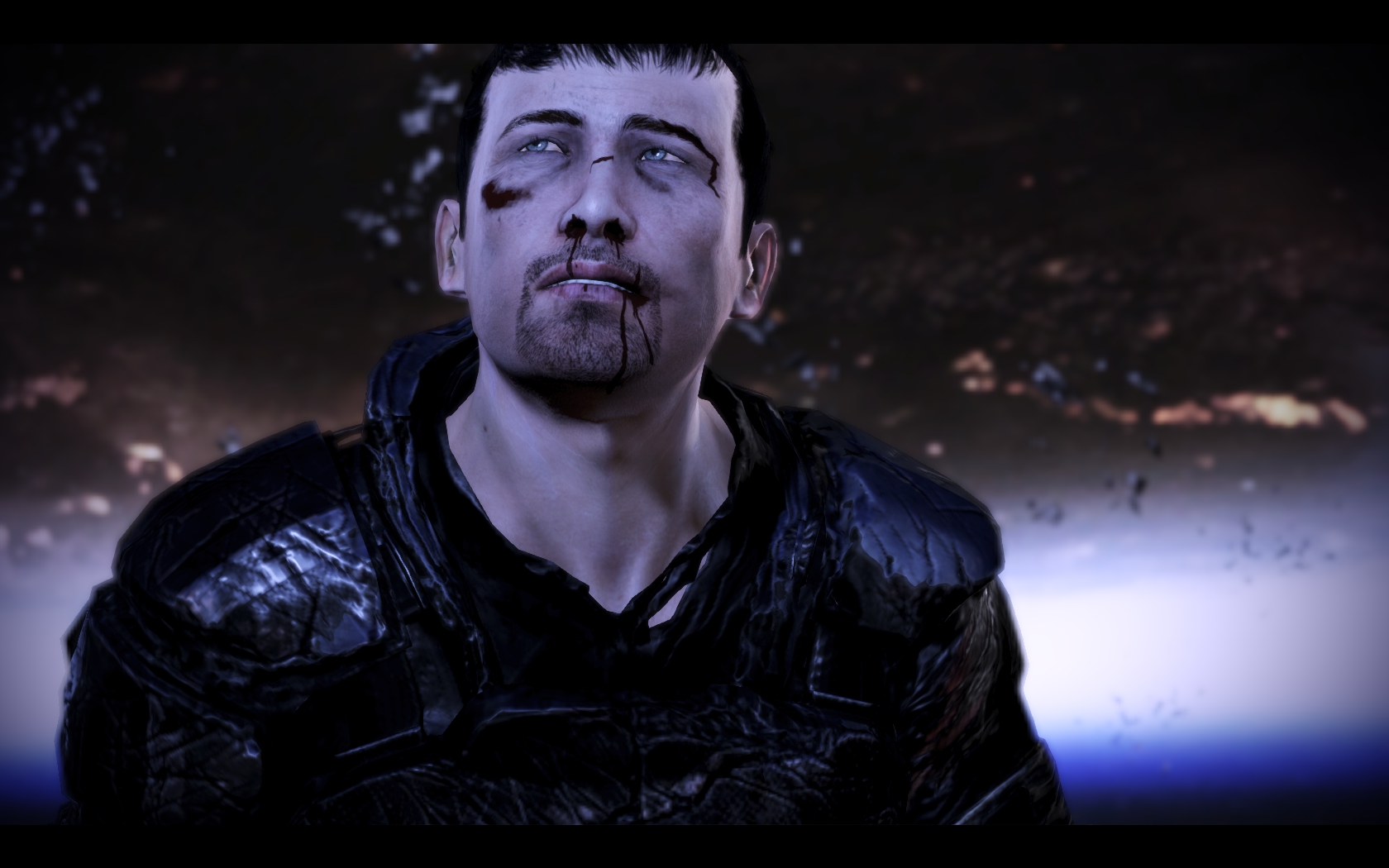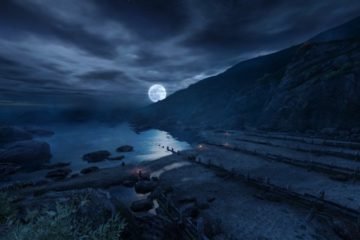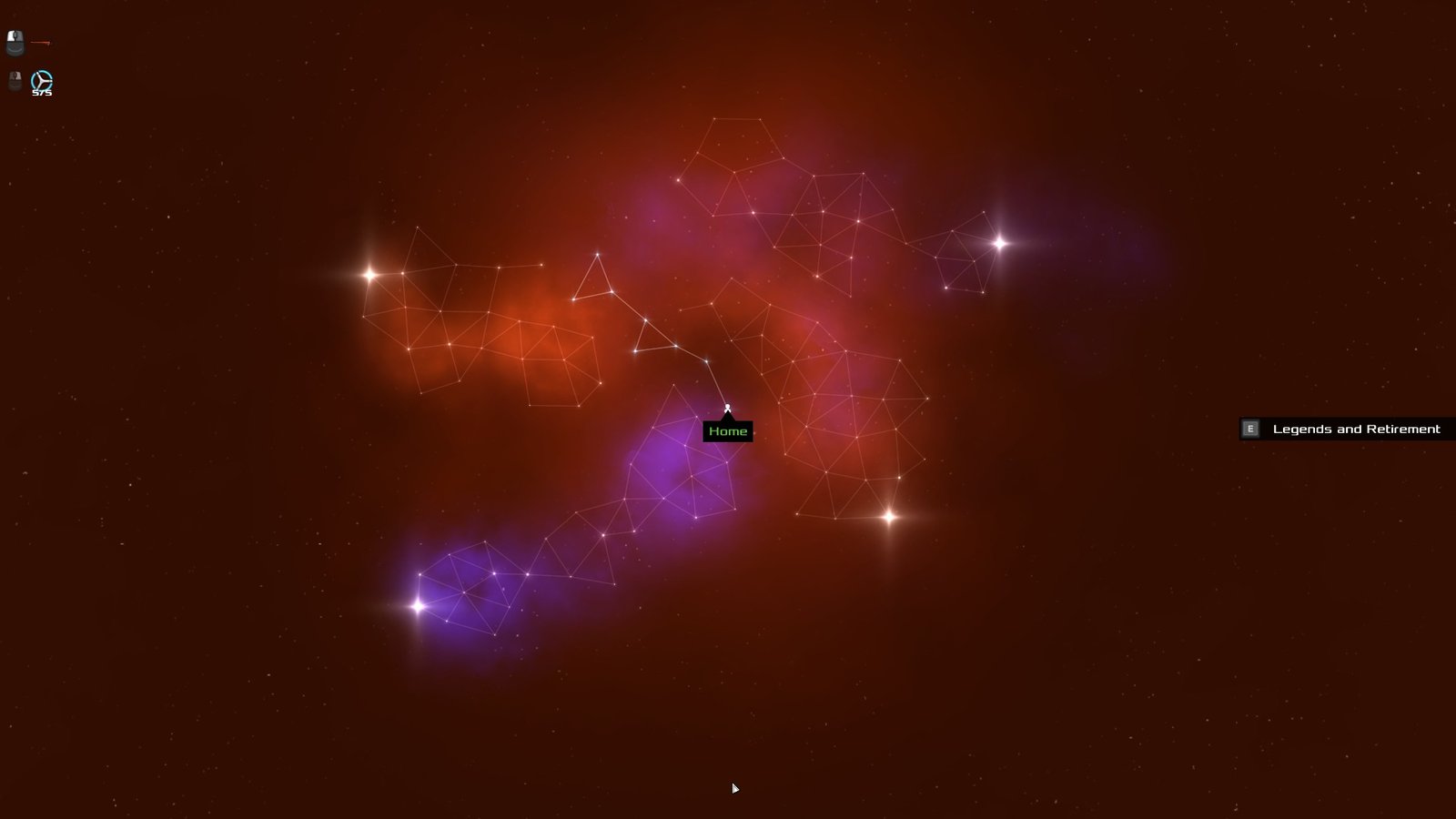Love is confusing, intransient, obtuse, contrary, thrilling and frustrating. It’s an appropriate name for a fascinating new multiplayer experiment from a single man. Eskil Steenberg is his name, and he’s daring to explore the domain of big budget studios like Blizzard by delving into the massively multiplayer genre all on his own – albeit with the help of the Internet at large.
Currently in a public alpha testing phase, Love provides an insight into the very early stages of game development, normally hidden behind closed doors but now revealed to anybody expressing with an interest and 3 Euros to spend. This isn’t comparable to the common beta test phases seen with World of Warcraft and other prominent MMOs over the last few years, whereby the game is essentially finished and only requires stress testing with a genuine population and final tweaking. Steenberg is opening his design processes up to the public at a much earlier stage, relying on the player-testers to provide thoughtful feedback and refrain from kneejerk reactions to an unfinished game that is still very much in flux.

Having dabbled with the alpha version for a couple of days, I’m none the wiser as to the game itself, with the alpha providing a crude and confusing experience that lacks sound, direction and polish. But that is the point of an alpha, and this article is not here to act as a preview. As Steenberg himself says, “this game should not be reviewed or preferably not even previewed based on this Alpha”, a request I’m perfectly happy to obey. There is little point focusing on the gameplay aspects or some of the more debatable design decisions when so much yet to be determined.
What I do want to talk about is the world presented in Love. It’s an abstract, polygonal environment of blocks and angles, chunky and architecture that feels carved from stone rather than designed by a computer. Although the landscape itself is presented in a deliberately crude manner it is nevertheless decorated with a wonderful array of atmospheric touches, from a glowing morning mist that drifts above the ground as the sun rises to the gentle, undulating lapping of lake water and the shifting of leaves and grass on the breeze. Light falls in dappled, hazy patterns while the night sky blazes with stars and nebulae. It’s a mesmerising blend of the harshness of expressionist landscapes with the delicate beauty and movement of impressionist lighting.

Dotted about the land are monoliths of varying types and sizes, emblazoned with glowing symbols that are utterly incomprehensible without the aid of the overlaid help system. Some of these obelisks clearly have function, although that operation is rarely obvious, while others are there as decoration, marking out territory by either the AI or human players. Meaning abounds yet clarity remains elusive, every new discovery as daunting as it is exciting as you traverse the unusual landscape, progressing from dense jungle areas populated with statues and mesas and spear-wielding natives to the cobalt blue ice shelf, steam rising from the glaciers in the afternoon sun.
This is not a serene, empty place. Love is violent and dangerous, inhabited by AI creatures of indeterminate shape and nature, who will defend their territory with unrelenting aggression. Sometimes they’ll attack on sight, other times they’ll move around you calmly, seemingly ignoring you completely unless provoked. When battle commences laser fire illuminates the landscape, tracers zipping past and impacting all around you. Grenades arc gently through the sky before detonating, leaving smoke hanging thick in the air long into the aftermath. Beyond the small scale encounters there are largely conflagrations, rockets flying through the sky, exhaust fumes criss-crossing high above. At times the scope rivals something you’d expect from a Call of Duty game, albeit with an added sense of confusion. In that regard it feels very much like a war you’ve stumbled into: you’re not trained for this, you didn’t expect it, and it’s a struggle to survive, let alone discern the reason for the conflict.

Love is abstract beauty interspersed with spectacular violence. Wandering through the world, your view distorted by a fog of static noise, it feels a little like being reborn. It is a foreign, alien world with new rules, tempting and dangerous. You are the primitive ape encountering the Monolith in 2001. You’re the caveman discovering fire. Love changes things, I’m just not sure exactly how, yet.
There’s no way of telling what exactly Love will become, given its fluid and unusual development. That alone makes it worth following, to see if Steenburg’s grand, public experiment will work. It’s a game that may well slip into the whisperings of cult fandom for now, but I wouldn’t be at all surprised in five years to hear the developers of ‘the next WoW‘ to cite it as a major inspiration.
If you want some Love, you can find out more here.
[youtube=http://www.youtube.com/watch?v=NdYubfkMCXs]




0 Comments